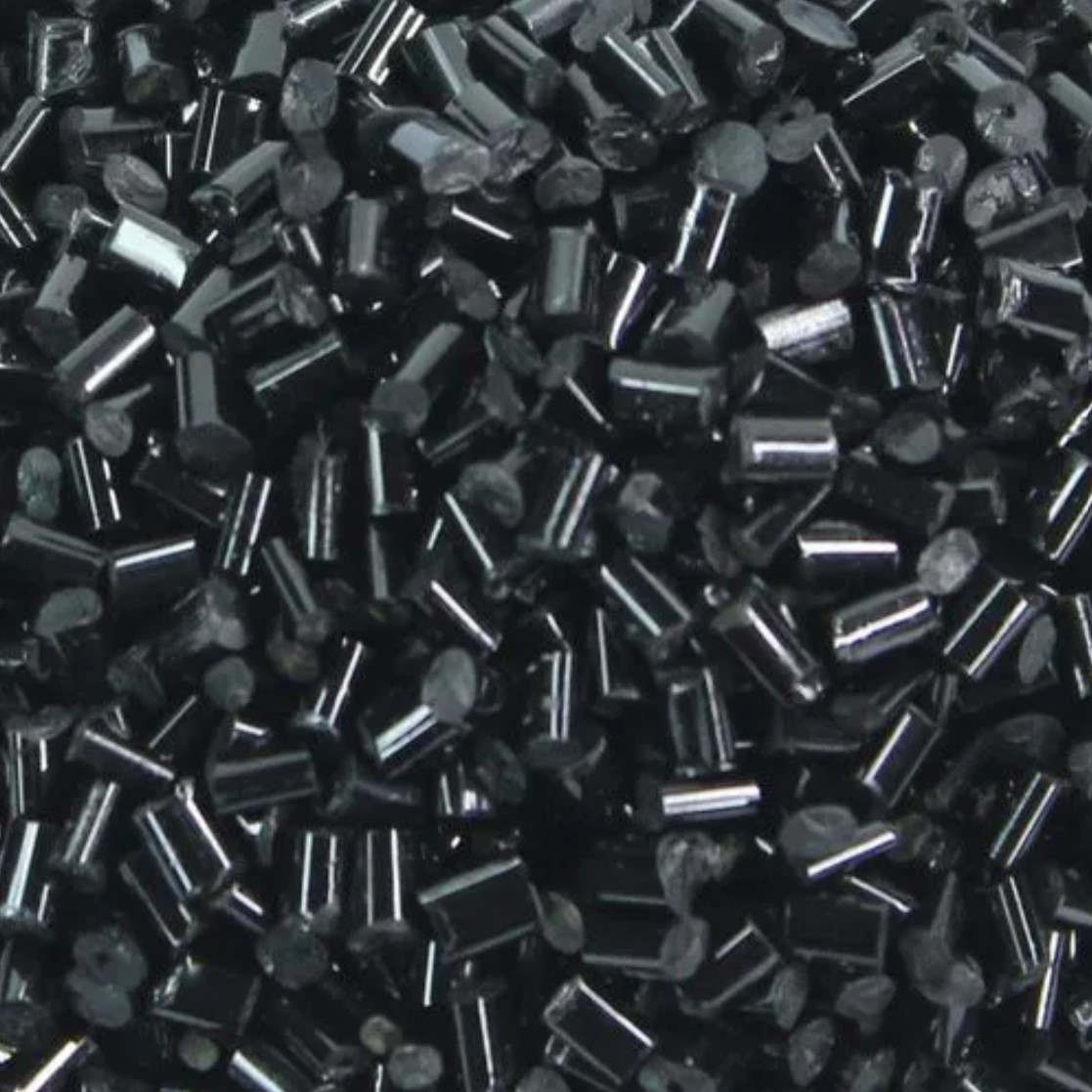色母粒含水量要求
1. Understanding Moisture Content in Color Masterbatch
Moisture content refers to the presence of water in the masterbatch. It is commonly measured in terms of percentage by weight. The presence of excess moisture in color masterbatch can lead to several issues, such as poor dispersion, decreased mechanical properties of the final product, and even surface defects. Therefore, it is essential to control the moisture content within specific limits.
2. The Impact of Excessive Moisture Content
Excessive moisture content in color masterbatch can adversely affect its performance and the quality of the end product. Firstly, moisture interferes with the dispersion process, making it difficult to achieve a uniform color distribution. This uneven dispersion can result in streaks or spots in the final product, affecting its appearance and overall value.
Moreover, excessive moisture can lead to reduced mechanical properties of the polymer. Water can act as a plasticizer, decreasing the strength and durability of the product. For applications that require high mechanical strength, such as automotive parts or packaging materials, this can be a critical issue.
Another consequence of excessive moisture is surface defects. When the masterbatch is processed, the moisture can form steam, causing bubbles or voids on the surface of the product. These defects not only compromise the aesthetics but can also weaken the structure, making it more prone to failure.
3. Optimal Moisture Content Requirements
To ensure the high quality and performance of color masterbatch, certain moisture content requirements must be met. The specific limits can vary depending on factors such as the polymer matrix, processing conditions, and end-use application. Generally, the moisture content should be kept below 0.1% by weight.
Achieving and maintaining optimal moisture content requires careful handling and storage of color masterbatch. Proper packaging and sealing are essential to prevent moisture absorption during transportation and storage. Additionally, it is crucial to conduct regular moisture content testing using reliable methods, such as Karl Fischer titration, to ensure compliance with requirements.
4. Moisture Content Control Methods
Control and reduction of moisture content in color masterbatch can be achieved through various methods. One common approach is the use of desiccants that absorb moisture from the masterbatch. Desiccants such as silica gel or molecular sieves are often added to the packaging to maintain a dry environment.
Proper drying techniques during masterbatch production are also crucial to eliminate excess moisture. This can be achieved through processes like hot air drying or vacuum drying. The use of specialized drying equipment and well-controlled temperature and humidity conditions are essential to obtain optimal moisture content in the final product.
5. Conclusion
The moisture content of color masterbatch plays a significant role in determining its performance and the quality of the end product. Excessive moisture can lead to poor dispersion, reduced mechanical properties, and surface defects. Therefore, it is crucial to adhere to the specific moisture content requirements during production and usage. By implementing proper handling, storage, and drying techniques, manufacturers can ensure the optimal moisture content of color masterbatch, ultimately enhancing the overall quality and market competitiveness of the end products.

